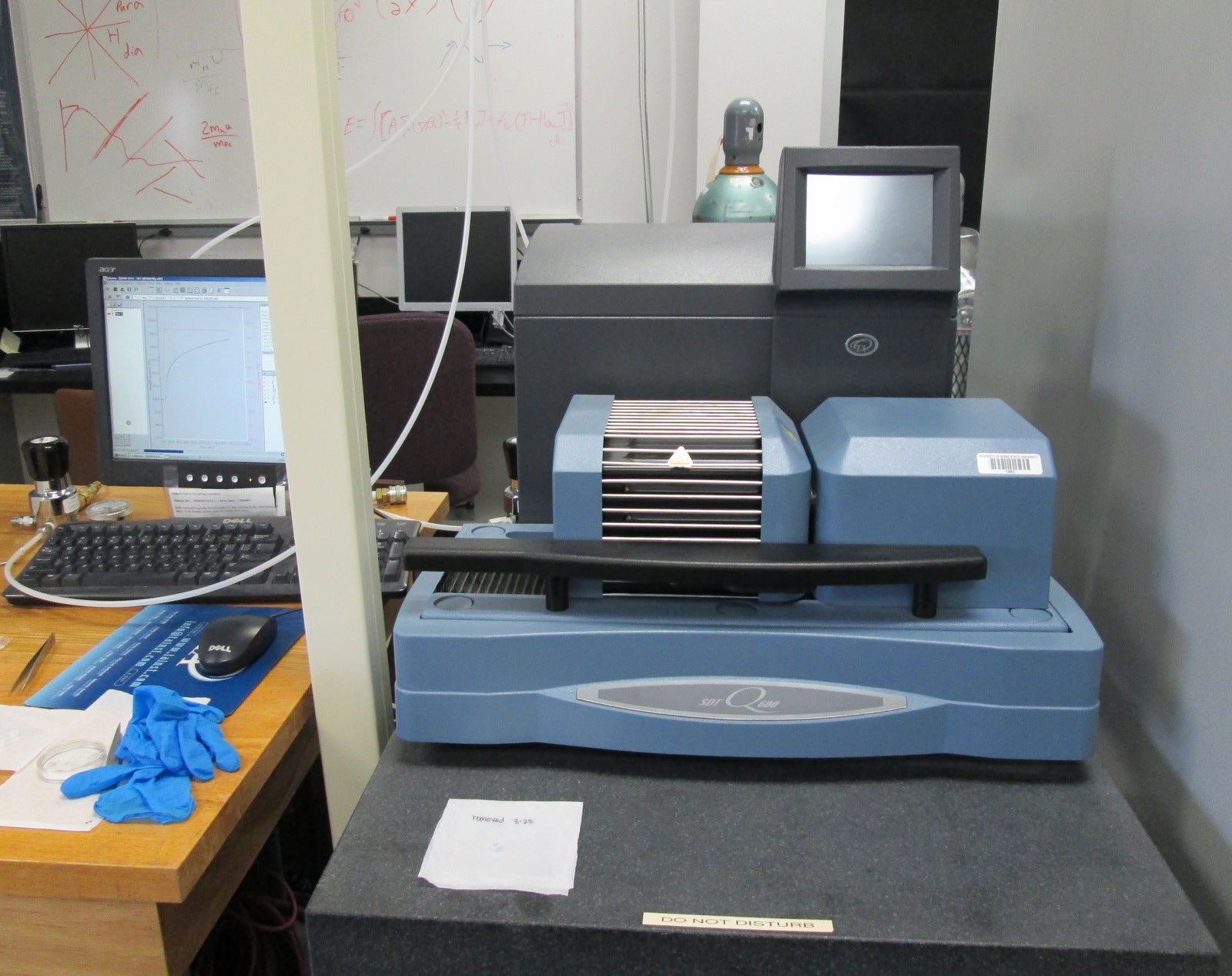Condensed Matter and Nanomaterials Lab (CMNL) houses several nano material synthesis and characterization tools such as X-ray diffraction system, RF plasma sputter tool, advanced thermogravimetric analyzer (TGA), Fourier transform infrared (FT-IR) spectrometer, mass spectrometer, vibrating sample magnetometer (VSM), physical property measurements system(PPMS), UV-VIS-NIR spectrometer, Nano Zeta sizer and many other small tools.
The Condensed Matter and Nanomaterials Lab includes laboratory space in the multipurpose classroom facility (MPCB309 and MPCB310) and in the science and nursing building (SN165D). The director of this lab is Dr. Alex Punnoose, Distinguished Professor in the Department of Physics.
Details of the equipment present in CMNL
Electron paramagnetic resonance spectrometer (EPR): The center houses an advanced EPR system from Bruker. Electron paramagnetic resonance (EPR) or electron spin resonance (ESR) spectroscopy is a technique for studying materials with unpaired electrons. This technique is widely used to detect and quantify paramagnetic species like free radicals, transition metal ions, metals and crystal lattice (defects).
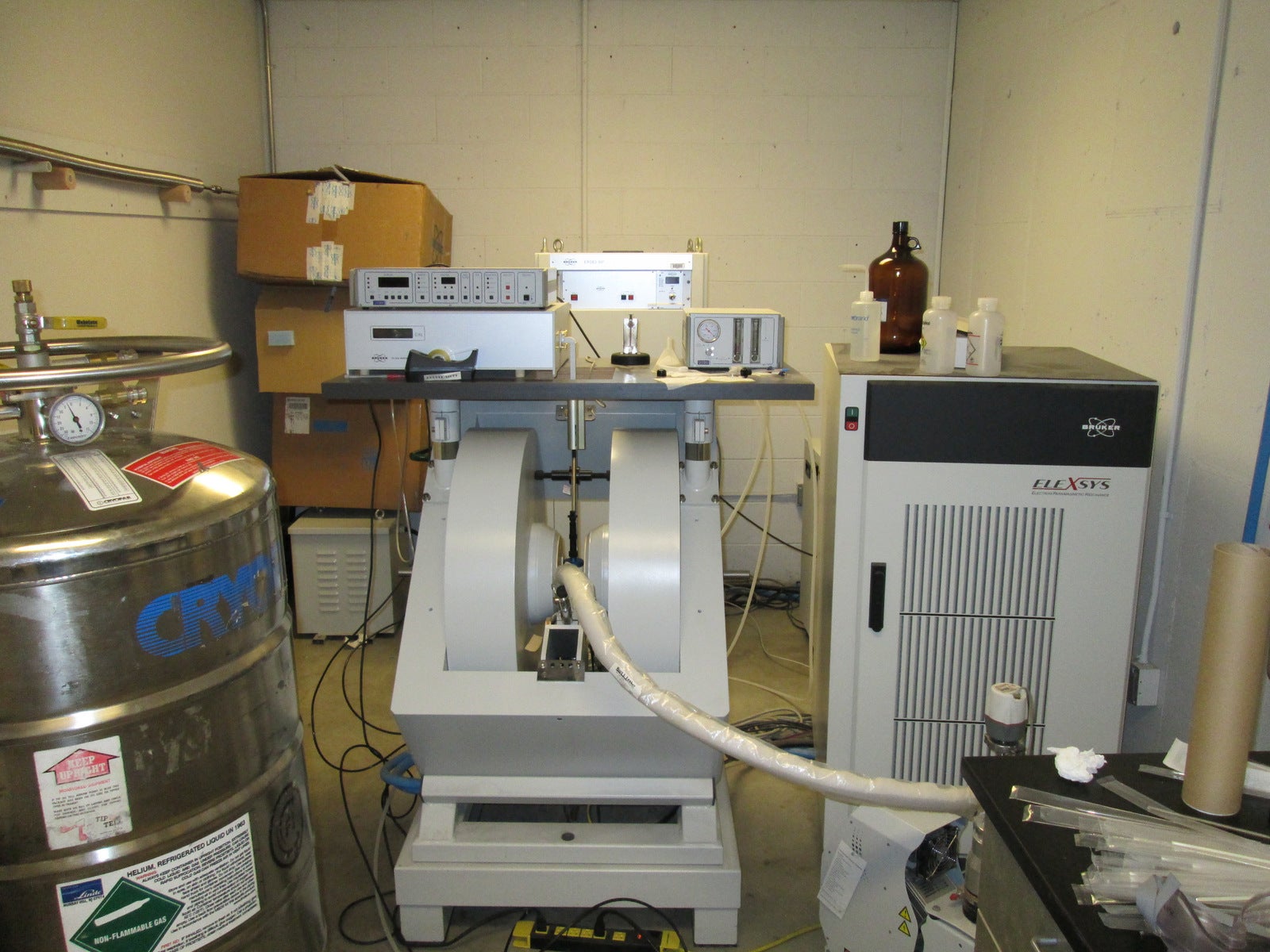
Thin film sputter deposition tool: The center houses a thin film sputter deposition tool from Kurt J Lesker. The tool is capable of depositing high quality thin films of metal and metal oxides using Ar, Oxygen plasma and with RF and DC sputtering.
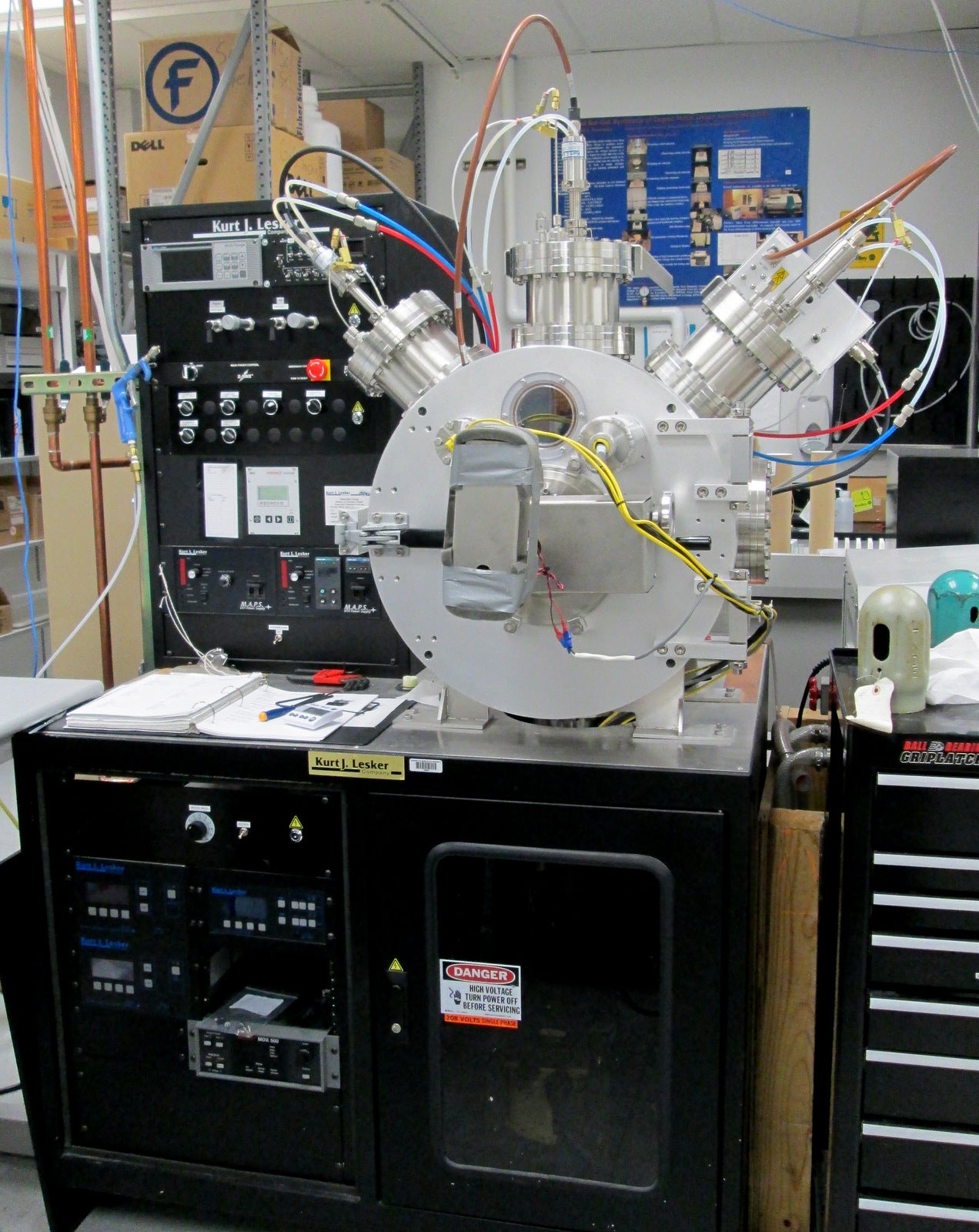
Physical Property Measurements system (PPMS): The center houses a PPMS system from Quantum Design. The system is capable of measuring DC Resistivity, AC Transport (AC Resistivity, Hall Coefficient, I-V Curve, & Critical Current for superconductors) under user controlled magnetic field, pressure, gas composition, and temperature. The magnetic field may be programmed anywhere from 0 to +/- 70,000 Oersted and the sample’s temperature can be programmed from 1.9 to 400 K.
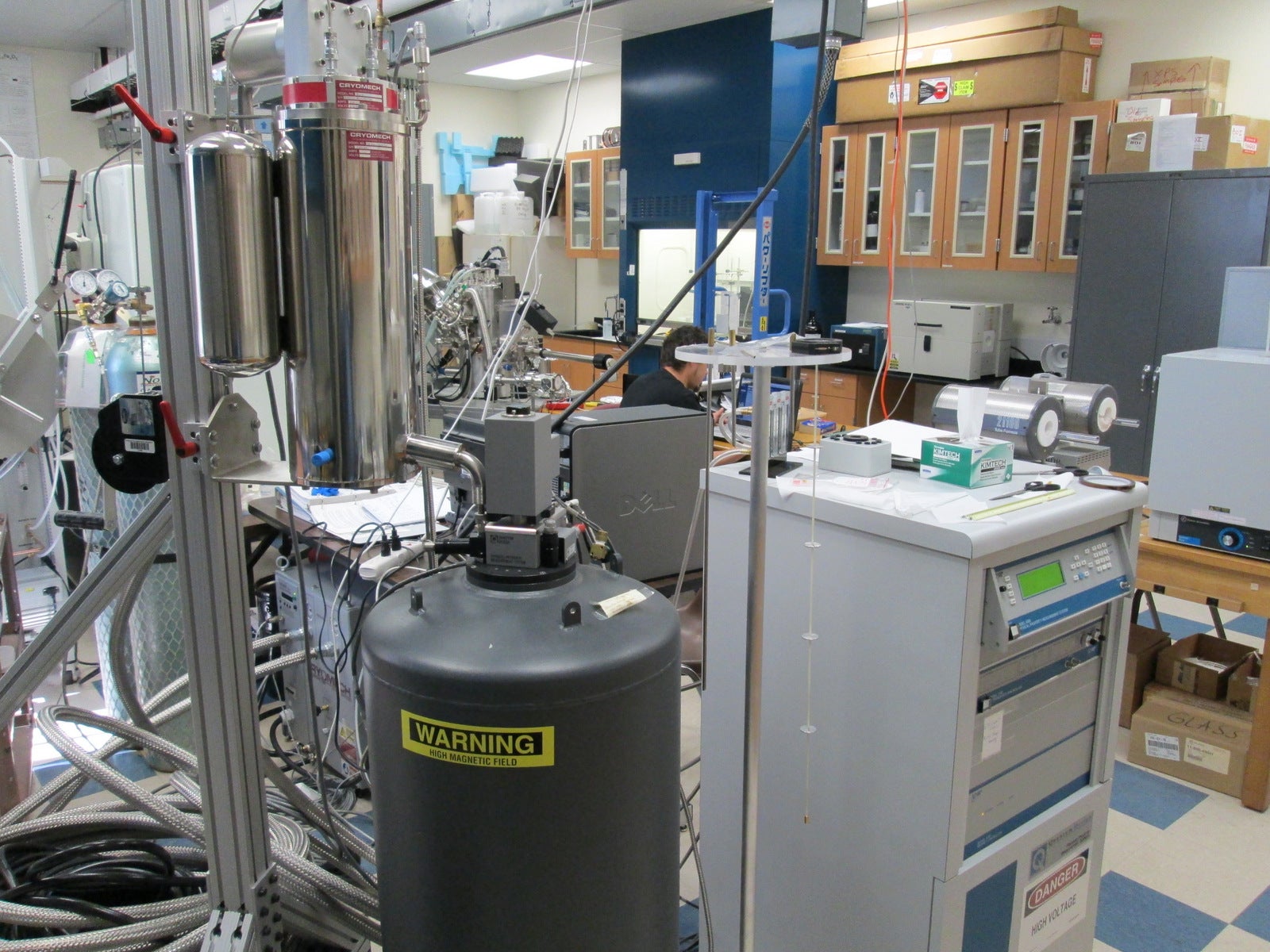
X-ray Diffraction System (XRD): The center houses a Phillips Xpert XRD system.The principal application of this system is phase analysis of powder and thin film samples. The system is also useful for particle size analysis of nanomaterial.
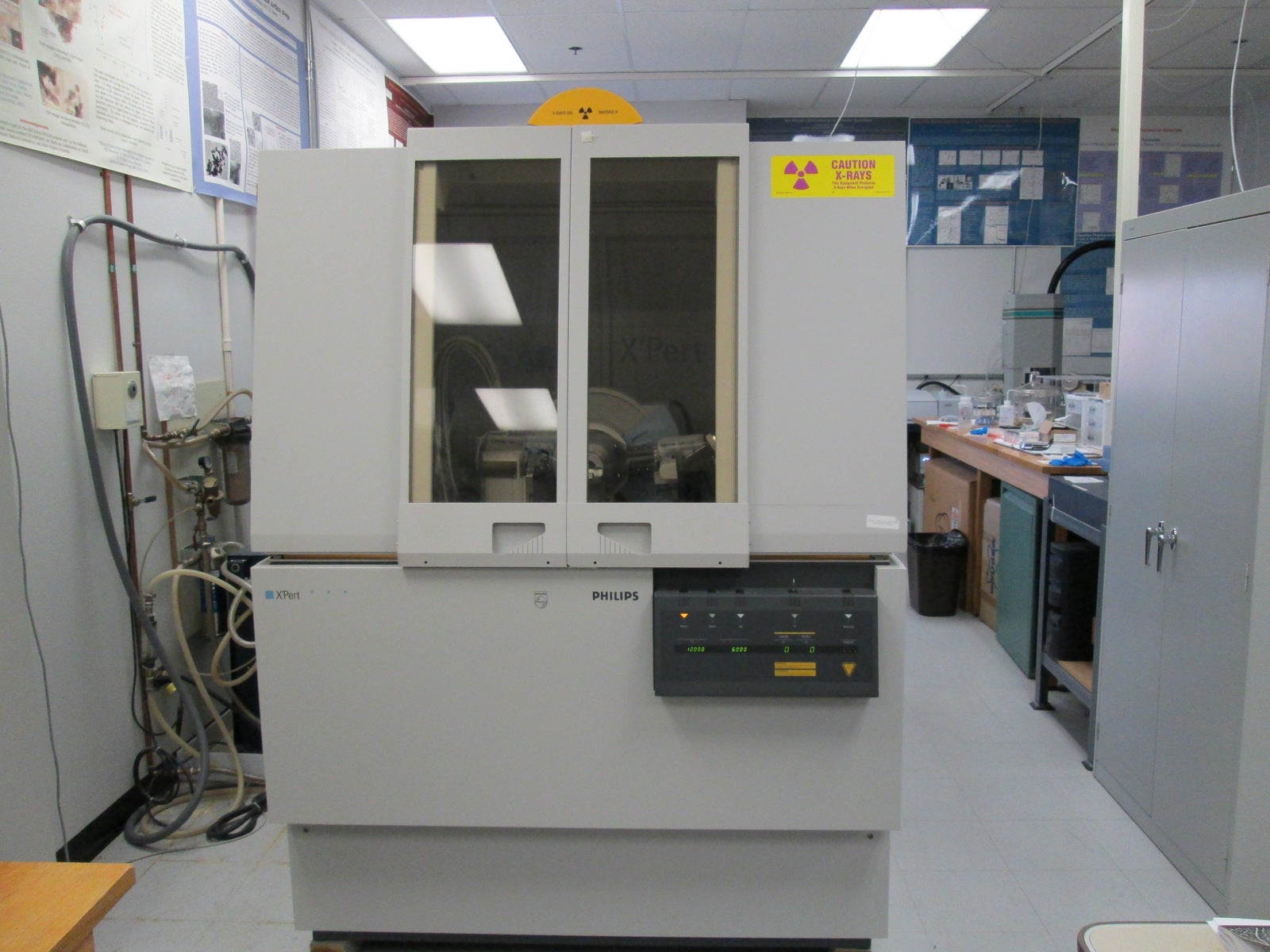
Simultaneous thermal analyzer (TA): The center houses a simultenious TA system (Netzsch STA 449C) equipped with thermogravimetry analysis (TGA), differential scanning calorimetry (DSC). The system is capable to measure bulk and powder sample to determine mass change, decomposition, thermal stability. The system is also coupled with mass spectrometer (Netzsch QMS 430C) and Fourier transform infrared (FT-IR) spectrometer (Bruker Tensor 27) to identify the gases released from the sample during the thermal treatment.
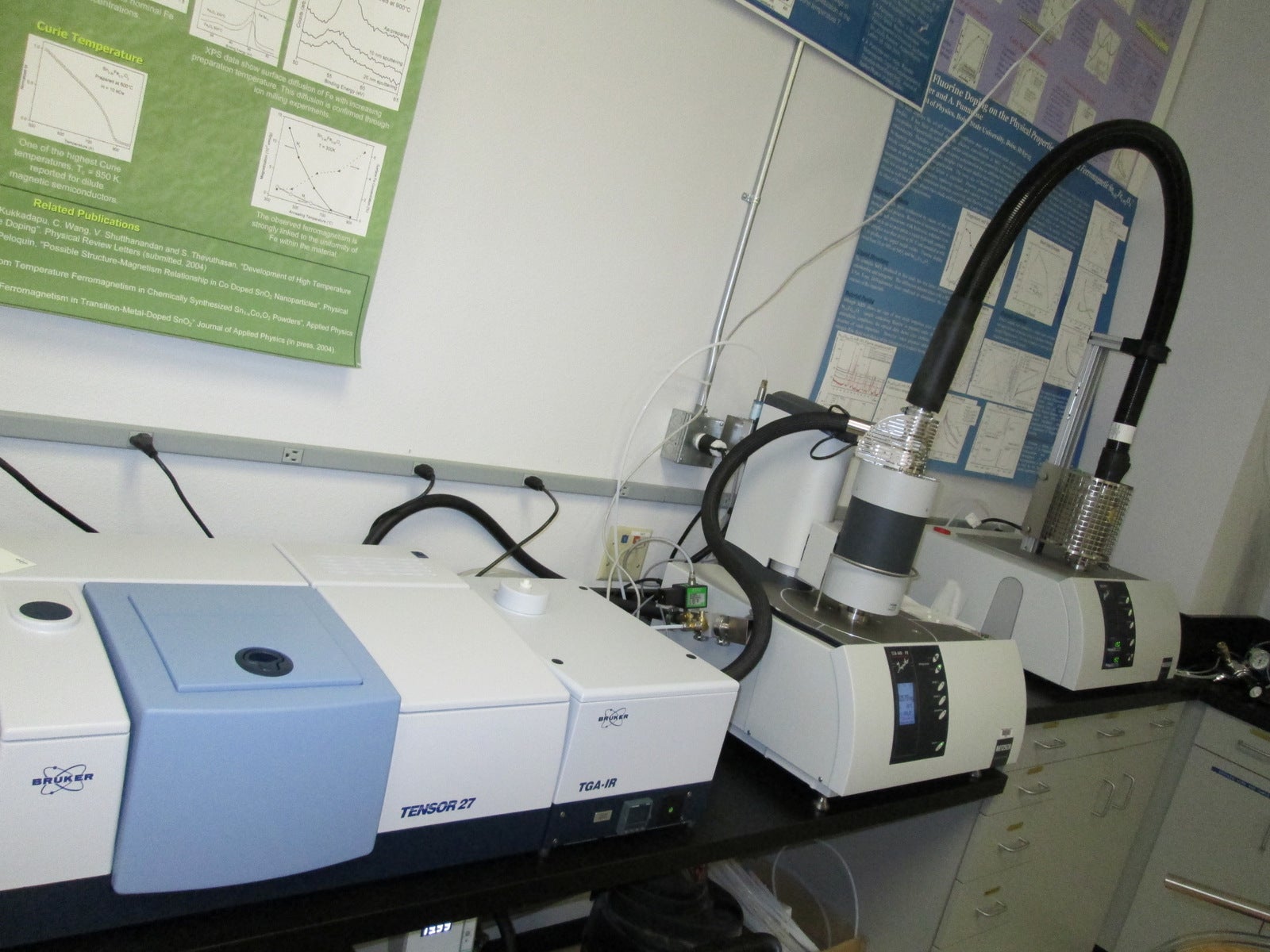
Vibrating sample magnetometer(VSM): The center houses a Lakeshore VSM to characterize magentic properties of materials as a function of magnetic field, temperature and time. These system measure a wide range of sample types, making it ideal tools for the most demanding magnetic material research applications.
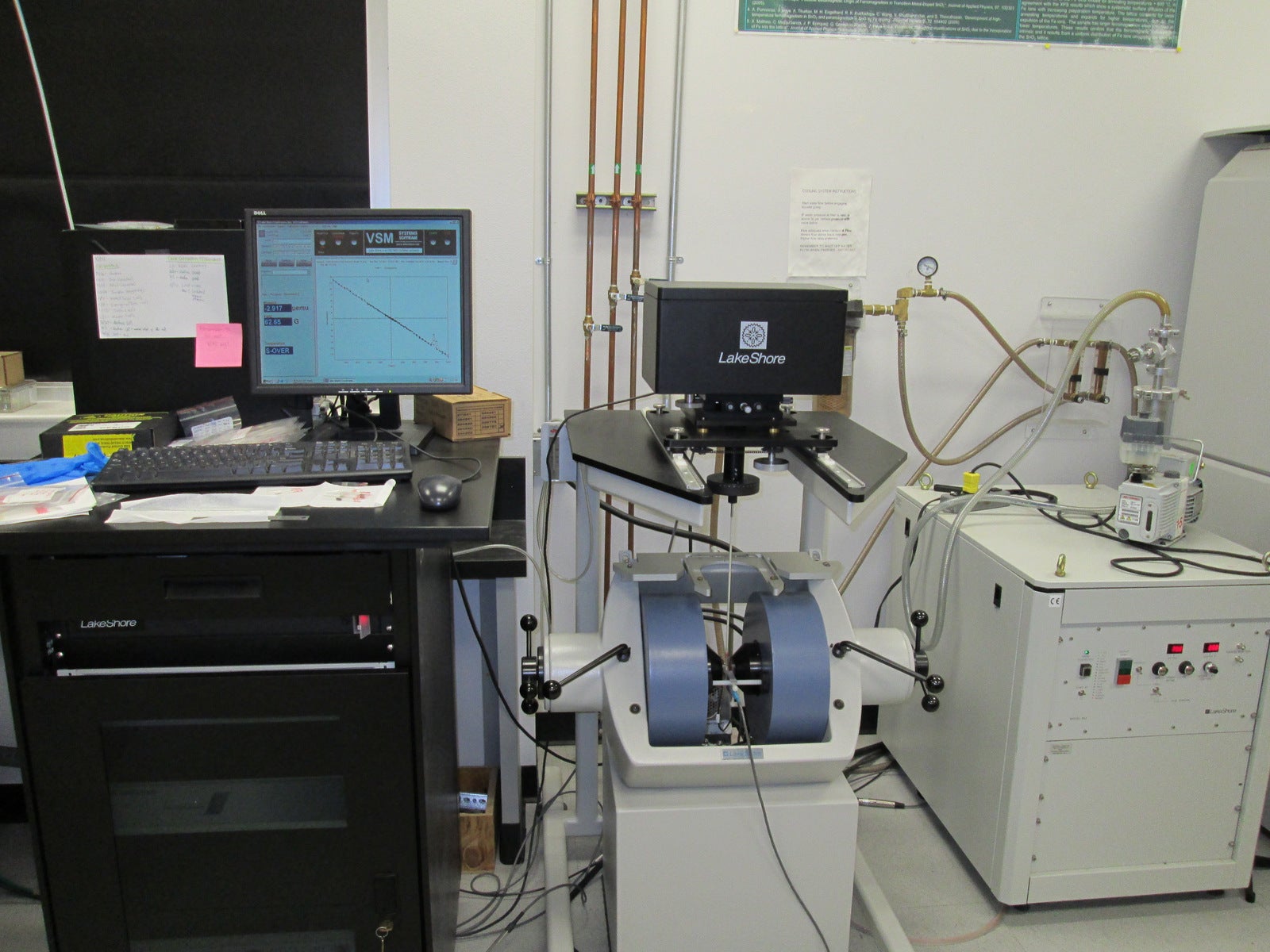
UV-Vis-NIR Spectrophotometer: The center houses a Varian Cary 5000 dual beam, ultraviolet, visible light and near infrared spectrophotometer. This instrument can record data from 190 to 3300nm. This tool can be used for the analysis and characterization of samples by measuring the absorption and reflectance of ultraviolet and visible radiation in photonics, materials science, semiconductor, pharmaceutical, and life science applications.
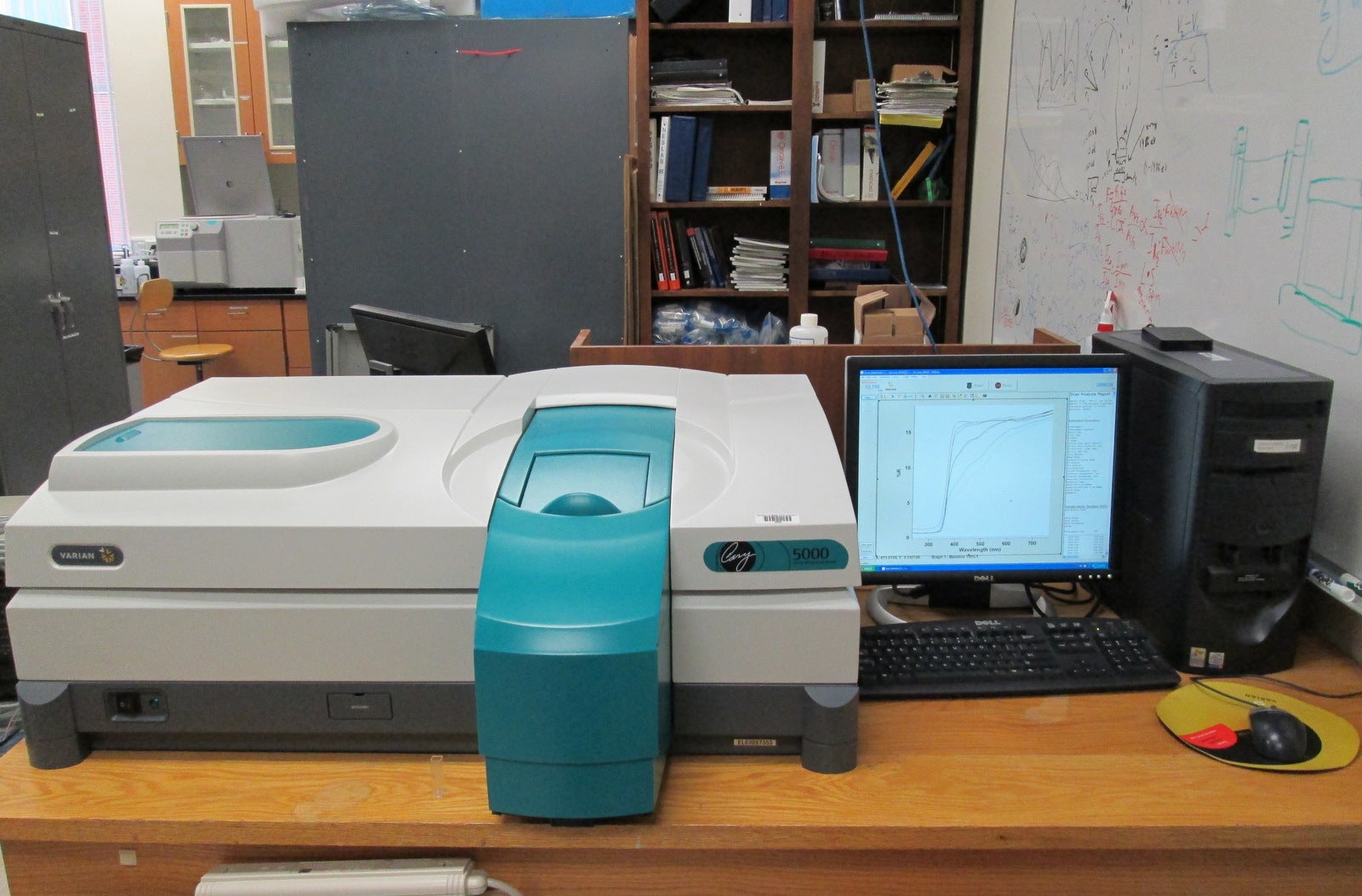
Zeta potential:The Malvern Zetasizer Nano ZS gives insight on the surface charge of particles suspended in solution. This system also measures particle size distribution in 0.6nm to 6 μm.
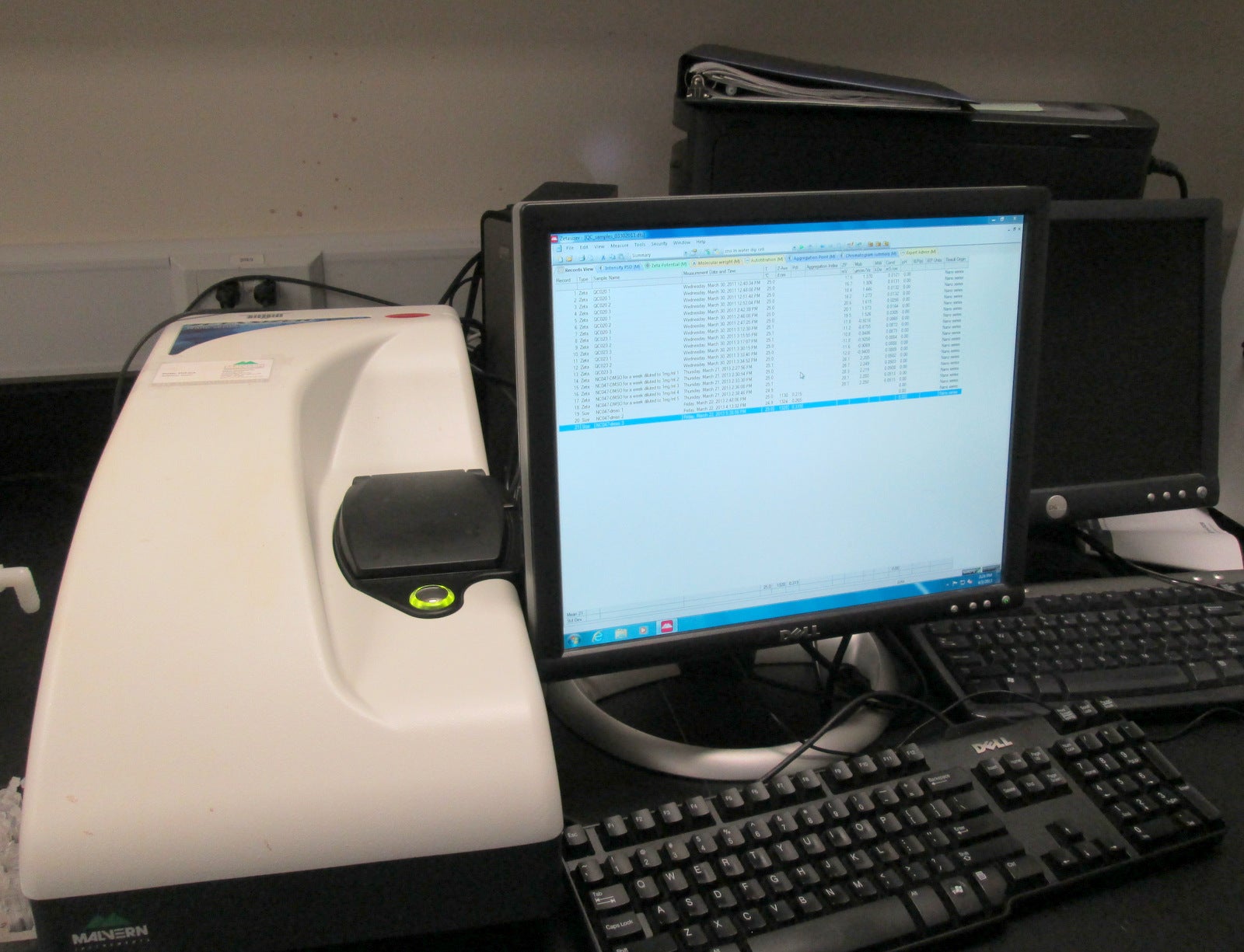
Thermogravimetric Analysis (TGA): This TA Q600 TGA system measures weight changes in a material as a function of temperature (or time) under a controlled atmosphere. This tool can be used to measure material’s thermal stability and composition. Thermogravimetric Analysis instruments are routinely used in all phases of research, quality control and production operations.
